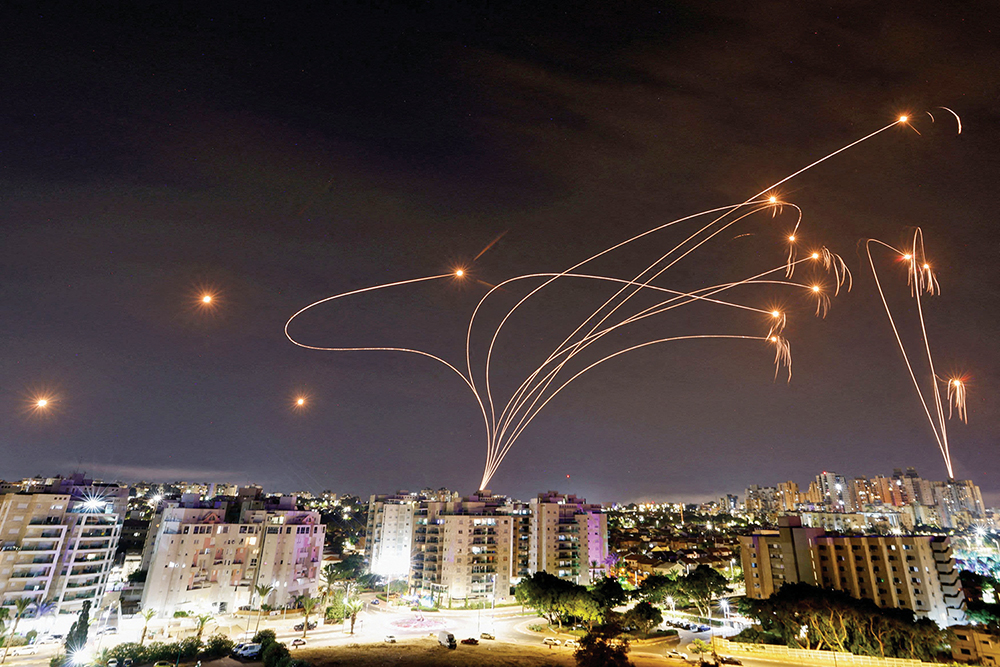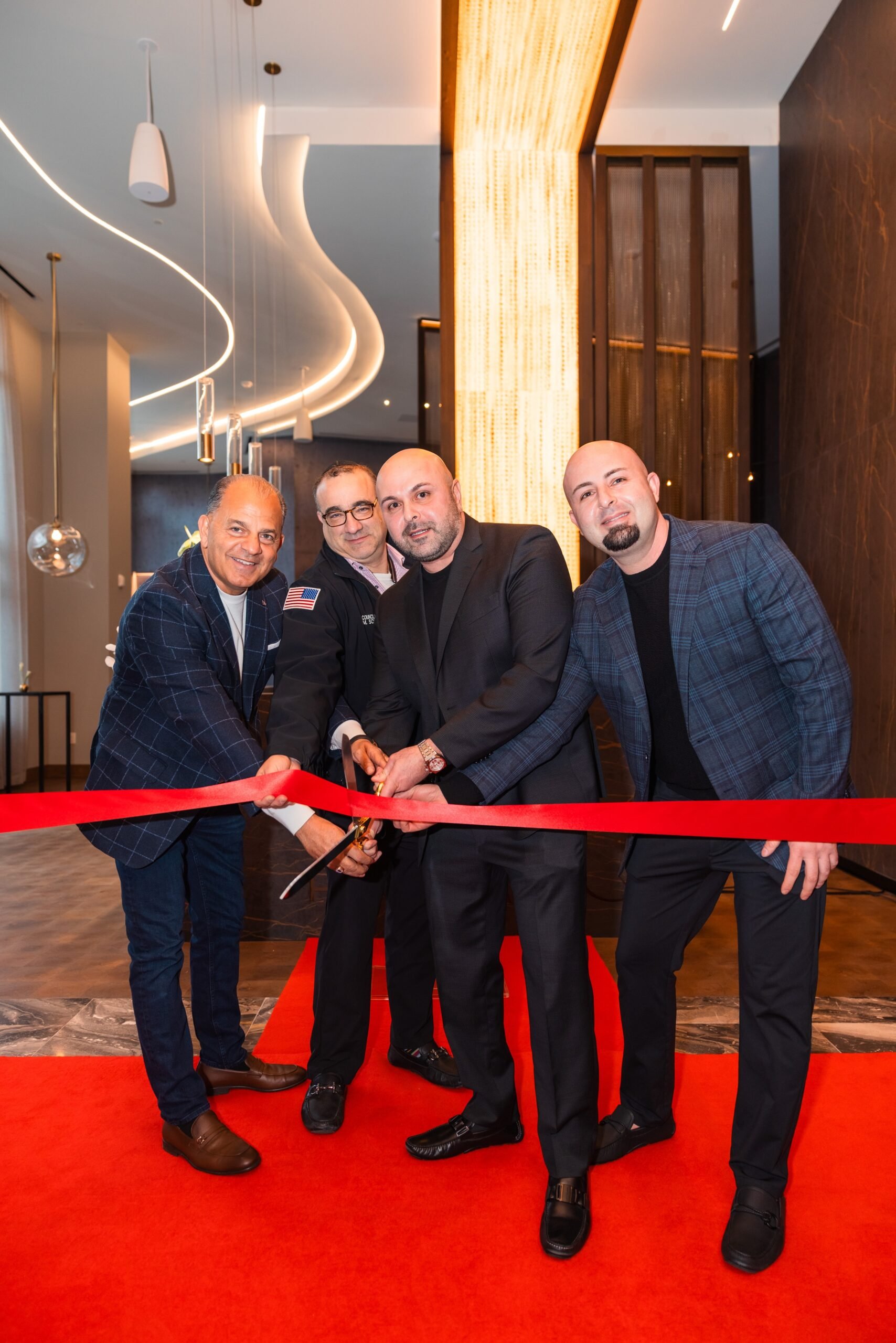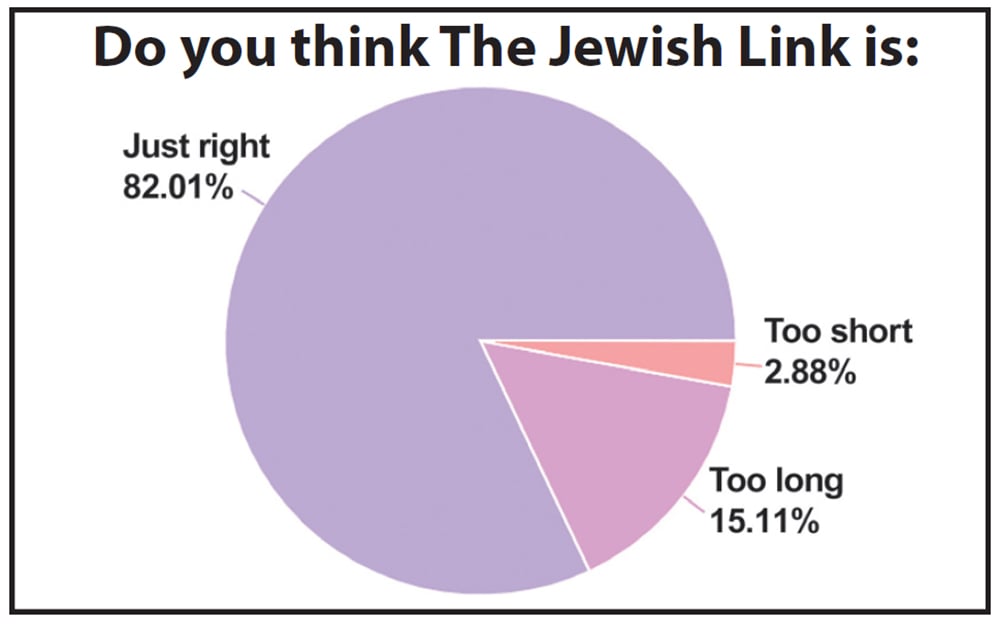
During Sukkot, we celebrate the divine hashgacha, which sustains us with life, health and well-being. The most iconic symbol of His hashgacha is the sukkah, mirroring the protection He provided during our perilous journey through the desert. For two centuries, we had lived as slaves, without shelter, exposed and defenseless. Slaves often sleep beneath the open sky, vulnerable to the harshness of nature and the dangers of night. What euphoria it must have been for the newly freed, to feel the embrace of shelter—a sensation long denied. Fittingly, the first stop on our journey from the Egyptian city of Ramses was a place called, “Sukkot.” It is likely that this name—of Hebrew origin—was given to that site in recognition of the security and protection finally felt by our people.
There is nothing more fundamental to human identity than the need for protection. This past year reminded us never to take that feeling for granted. Israel, once envisioned as a sanctuary for Jews—a refuge from the hatred, pogroms and genocidal horrors of humanity’s dark past—was not able to fully shield us from unspeakable brutality. Barbarians unleashed their fury, slaughtering entire families in homes that should have been places of safety. Most harrowingly, families seeking refuge in bomb shelters—designed to be the ultimate defense—found themselves trapped in fiery chambers of death. We learned, painfully, never to take home and shelter for granted.
Sukkat Shalom
We also struggled to create a sukkah-like canopy to shield our skies from long range missiles and rockets. One opinion in the Gemara claims that during Sukkot, we don’t commemorate the heavenly clouds or ענני הכבוד which sheltered us in the desert, but rather the physical huts or סוכות ממש which Hashem empowered us to build. Thousands of years after Hashem enabled us to build wooden huts, He endowed us with the intelligence to develop breathtaking technology which has saved tens of thousands of lives. While our enemies invest in death and destruction, we construct robust systems of defense. Their hands are soaked in blood. Our hearts yearn for peace.
As we push forward toward even more advanced, hermetically-sealing laser technology, we pray that Hashem continues to guide us and protect us from the demonic forces that darken our skies.
Protected, but Exposed
Yet, despite our remarkable efforts and the astounding success of the Iron Dome, we have not achieved complete invulnerability. No human creation can be flawless; ultimate protection belongs to Hashem alone. Only Hashem’s sukkah is complete, human sukkah’s are always exposed and vulnerable. Though an ideal sukkah contains four walls, there are numerous orally transmitted leniencies (halacha l’Moshe miSinai) allowing for fewer and shorter walls. At its most minimal, a sukkah can consist of two small walls and a partial third wall. Human sukkot—as we learned this year—will never be perfectly sealed. No matter how much we strive to build fortifications, human shelter will always remain incomplete, leaving us unprotected. This year, we felt that vulnerability acutely. Even with all our efforts to protect ourselves, we remained fragile.
As the Navi Zechariah predicts, one day, Hashem will build a Messianic sukkah to fully shield us from the fury of the apocalypse. Until that moment arrives, we do our best—with His help—to craft human instruments of protection to provide shelter in our homes, cities and our newly rebuilt Jewish state—ever hopeful of the day when His ultimate shelter will drape over us.
So, this year, we sit in our sukkot with mixed emotions, recalling the glory days of the desert but also the dark days of the past year. As we sit within our fragile sukkot, sympathize with the anguish felt by so many Israelis whose homes—once places of safety—proved incapable of protecting them. Remember as well the brave chayalim, who have shielded us from horrific violence. For an entire year, they have been our sukkah—our shelter in the storm. This Sukkot, there are countless sukkah-like images to contemplate—each one reminding us of the delicate nature of human shelter and of our human vulnerability.
Take in the Beauty
But don’t let this year’s painful associations with the sukkah overshadow the triumphant symbolism surrounding the lulav and etrog. The Torah describes the materials used to construct a sukkah as remnants from the harvest. Edible crops are unsuitable for the sukkah’s roof—only the leftover chaff, straw and husks may be used. This is the halachic basis for disqualifying as sechach food items or anything which has undergone manufacturing or improvement. The sukkah must remain simple and untouched by human hand, preserving its natural, pristine fragility. It is barebones—crafted from discarded remnants—symbolizing our attempts to create shelter even when we are under-resourced.
By contrast, the four minim—the lulav, etrog, hadasim and aravot—are vibrant, select products, taken from lush foliage and bushes brimming with life, color and moisture. The etrogim are carefully cultivated in gardens, reflecting the careful attention and effort needed to produce and preserve such beauty. While the sukkah carries an ominous tone—symbolizing our need for shelter—there is nothing ominous about the radiance of the four minim. These species are chosen, in part, because they are indigenous to Israel—embodying the finest qualities of our landscapes, gardens, rivers and forests. They evoke aesthetic beauty and grandeur.
It is all too easy to become enveloped in the collective sorrow of the past year, losing sight of the miracle that is Israel and our people. Don’t fixate solely upon the fragile sukkot of the past year and our struggles to fully protect our people. Savor the profound beauty and vitality of life in Israel. Appreciate how we have literally transformed a parched and forsaken land into a landscape of renewed life—flourishing and vibrant—capable of producing these lush species. For generations, our ancestors tirelessly scoured the globe in search of the four minim, but now they thrive abundantly beneath our feet in our revitalized homeland.
We are a stunning miracle, grand and beautiful as the four minim. Do not allow the sorrow we associate with our sukkot this year to eclipse the joy and radiance which the lulav and etrog inspire. These minim serve as a poignant reminder of the vibrancy of life in Israel and the enduring beauty we have nurtured together.
We Are All Lulavim, Etrogim, Hadasim and Aravot
We have proven to be strong and proud like the lulav. Though we absorbed a devastating surprise attack, we quickly regained our resilience and have proudly defended our people and our land. We carry the radiance of the etrog. In a world overshadowed by moral confusion and hypocrisy, we radiate moral clarity and an unshakeable sense of good and evil. The world—too broken and insecure to acknowledge our moral clarity—instead hurls endless accusations our way.
We have shown the flexibility of the arava branch, bending but never breaking. Teachers, hi-tech workers, professors, rabbis and professionals all mobilized, becoming soldiers. Grandparents took on the role of parents and parents rushed to defend our nation. We each found ourselves in roles we never imagined, embodying the spirit of the aravot—flexible and unwavering.
And, of course, we continue to aspire to be like hadasim, bringing fresh air to a morally rancid region. Those who have embraced our presence experience the refreshing aroma of our values and spirit. Yet those who refuse to accept us beat themselves into oblivion, relegating themselves to the ignominious dustbin of history. Their names will forever live in infamy as enemies of Hashem, warring against His people because they refuse to acknowledge His presence in our world.
The writer is a rabbi at the hesder Yeshivat Har Etzion/Gush, with ordination from Yeshiva University and a master’s degree in English literature from the City University of New York. He is the author of Dark Clouds Above, Faith Below (Kodesh Press), and the soon-to-be-published Reclaiming Redemption: Deciphering the Maze of Jewish History (Mosaica Press).










